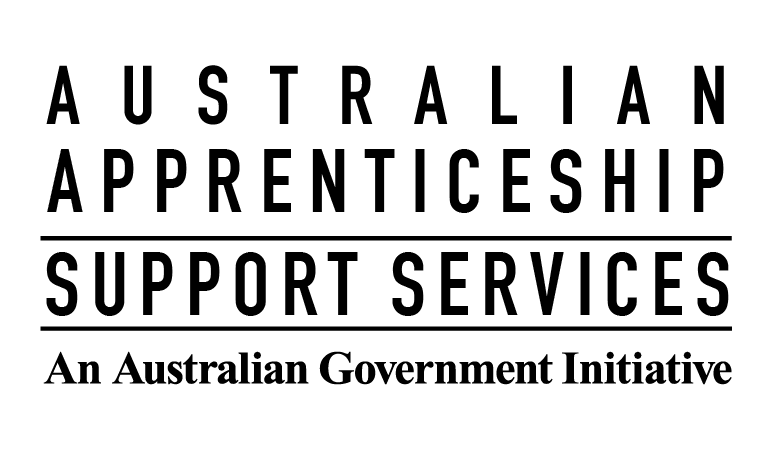Mythbusting the role of apprenticeships
In 2024, it’s strange to think that so many myths still surround the role and value of apprenticeships in our great Australian workforce.
According to the National Centre for Vocational Education and Research (NCVER), as of September 2023, there were 365,420 apprentices and trainees working their way towards being fully qualified in their chosen field.
Without qualified workers, our future workforce would be in dire straits. The Australian Jobs 2023 report found that the number of occupations requiring a Vocational Education and Training (VET) pathway have surged over the past five years. Those with the strongest growth included building and engineering technicians, electricians, plumbers, and carpenters and joiners. It’s not just trade jobs either. Aged and disabled carers, nursery workers and chefs topped the list. So while it’s clear that our future Australian workforce will rely heavily on VET graduates, there’s still a number of myths and misconceptions which surround this excellent learning pathway.
Myth one: Apprenticeships are a ‘Plan B’ if you don’t qualify for university
Describing apprenticeships as a ‘second-rate option’ for further education ignores those who prefer earning while they learn, getting practical experience, and wanting a fast track into the kind of work they are after. Apprenticeships combine a structured approach to learning with on-the-job training to provide both theoretical knowledge and practical skills.
Just ask qualified carpenter Hugo Kregar, MEGT ambassador and finalist in the 2023 Apprentice of the Year awards. “I have a lot of mates who have gone to university, and they often say to me: ‘Oh, I wish I did an apprenticeship pathway, something that you’ve done’”, Hugo said. “When they see a friend go through a system with such a huge amount of support, they think to themselves: ‘I should have done that as well’”.
Myth two: Women aren’t suited to trades
This outdated stereotype perpetuates the myth that certain industries are not suitable for women. The fact is that women excel in multiple trades and apprenticeships, bringing valuable skills and perspectives to the workforce. While some trades require physical stamina and resilience, it’s simplistic and misleading to suggest worksites only suit people who are ‘tough’. Far more important is to ensure proper training, mentorship and other supports where required, allowing apprentices to thrive in their chosen trade. The ’tough guy’ myth also ignores the multitude of opportunities to broaden skills once an apprenticeship is complete.
MEGT’s State Manager for WA, Ja Turnbull, said data proved that opinions were changing. “One in five of MEGT apprentice candidates are women”, he said. “Our female completion rates have jumped by 29% since 2019, and that’s thanks to quality support MEGT provides such as mentoring, and close relationships with organisations like Empowering Women In Trades”.
Myth three: ‘It worked for me, so it’ll work for you’
While guidance from parents, teachers and peers is no doubt important for young people as they make their first career decisions, their perspectives may be clouded by outdated beliefs about apprenticeships. Just because one person went to university, for example, doesn’t mean that’s the
best career path for another. Those who take the time to do their homework by considering their own interests, skills and career goals will reap the rewards by understanding what they’re passionate about, rather than relying on the opinions of others.
Myth four: VET pathways limit your ability to earn a good salary and get promoted
Most apprenticeships last three of four years, and one or two years in the case of traineeships. A 2017 Skilling Australia report found the median full-time income for a VET graduate is $56,000 per year, $2,000 more than someone who completes a Bachelor’s degree. Not only that, but 78% of VET graduates are employed soon after they qualify, compared to 68% of those with a Bachelor’s degree. Since the report’s release, demand for occupations which require a VET qualification has only increased.
The opportunities for promotion are limitless, according to Hugo Kregar. “As soon as I was a qualified carpenter, I began undertaking a construction management degree”, he said. “My background on the tools meant I’m aware of how a building site works, and that gives me a great base to have a better understanding now as an estimator for large-scale projects”.
“Earning a wage while you learn a trade or other skill is just the tip of the iceberg when it comes to a VET career pathway”, Mr Turnbull said. “The prospect of earning and learning, becoming qualified without any debt to repay, and entering industries which are crying out for skilled workers is an attractive proposition for anyone starting their employment journey”.
Myth five: Apprenticeships are just for tradies
For generations, apprenticeships have only been associated in many peoples’ minds with trades. Even more specifically, construction-related trades like plumbing, electrical, roof tiling and carpentry. Like many things to do with apprenticeships and traineeships, though, things have changed dramatically in recent years. According to the key findings report of the 2023 Skills Priority list, the sector most likely to be suffering ongoing shortages in coming years relates to aged and disability care. Beyond that, truck drivers, childcare workers and chefs represent the top ten skills shortage occupations in Australia. All these occupations require a VET pathway, so it’s clear that ‘hard hats and hammers’ are far from the only tools of the trades that our workforce of the future will require.
Australia’s Skills Priority List (SPL) is regularly updated to reflect skills shortages in all types of industries and sectors, but two things remain stable; the country is crying out for qualified workers in a multitude of different fields and apprenticeships have a critical role to play.

